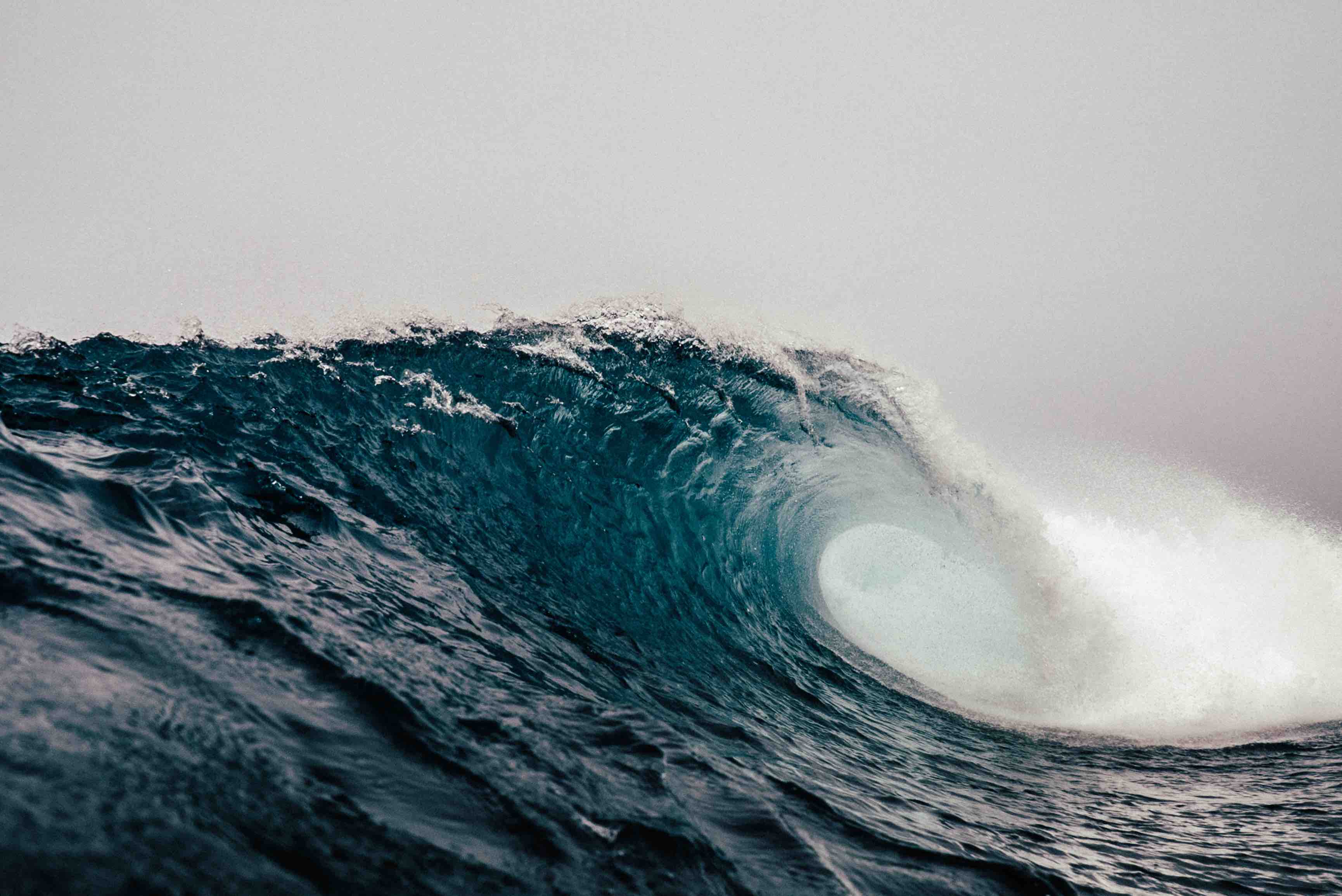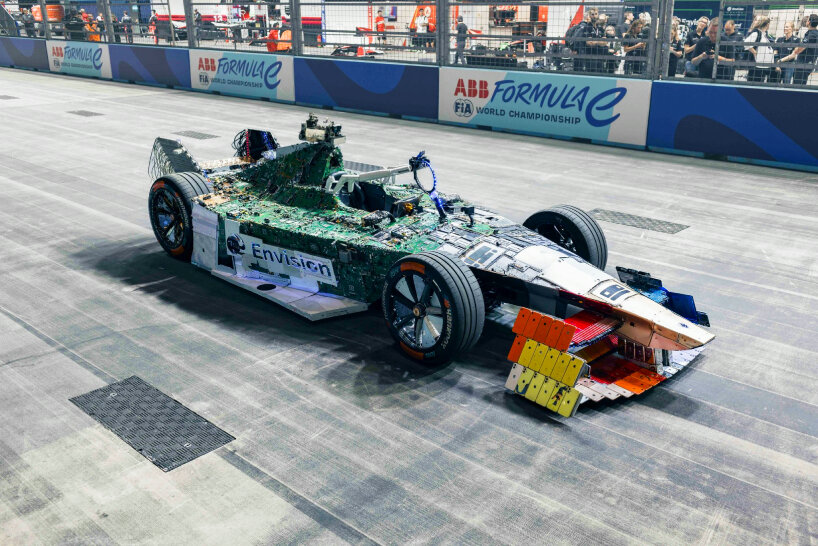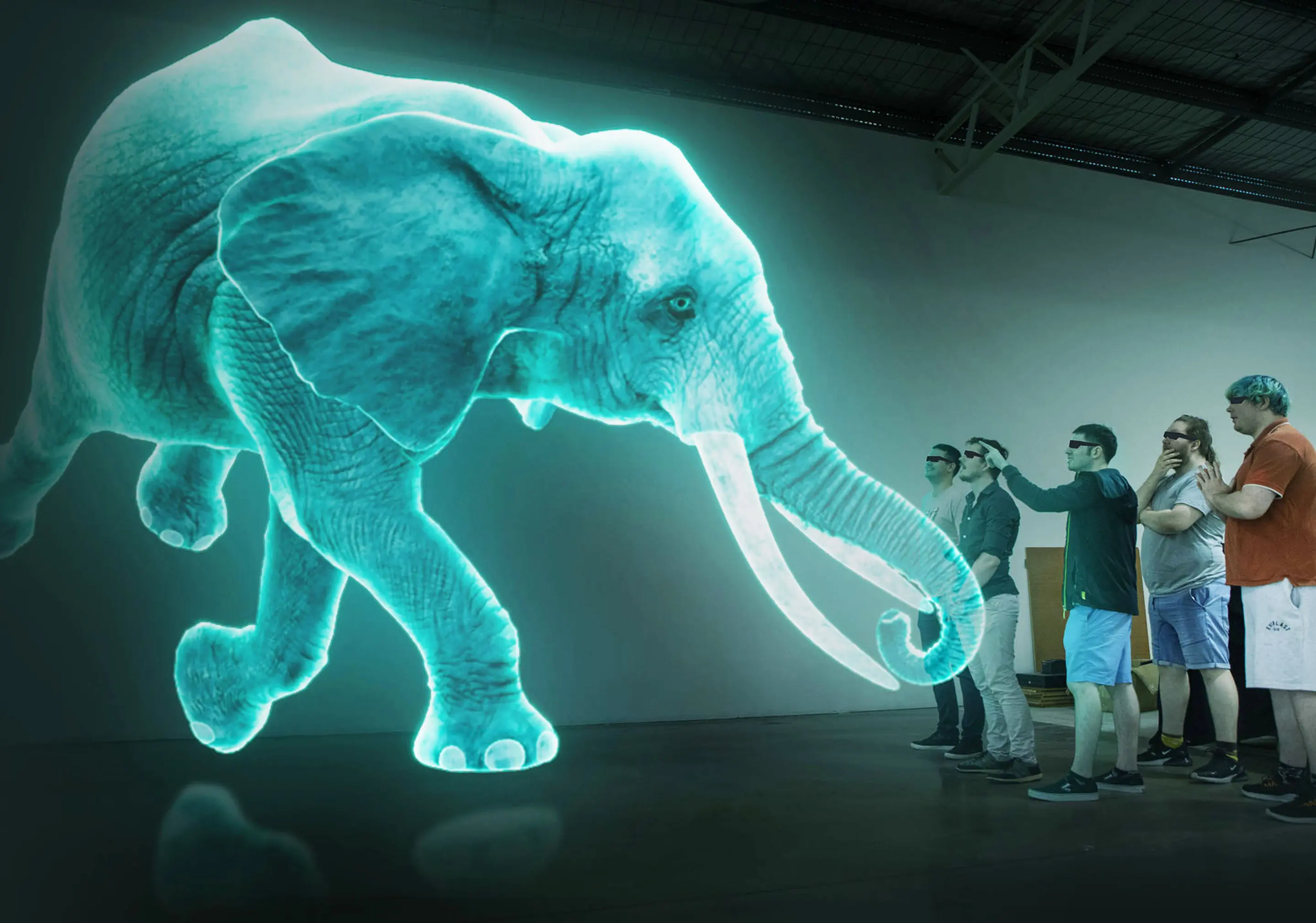In a stroke of creative genius, Netflix researchers have unveiled a groundbreaking visual effects technique that could revolutionize the age-old tradition of green screens. Decades have witnessed the prominent use of green screens in the realm of Hollywood, enabling the creation of awe-inspiring special effects that captivate audiences worldwide. Acting as a backdrop, the green screen serves as a canvas upon which visual enhancements are meticulously added in post-production.
Netflix’s innovative approach introduces a splash of vibrant magenta, adding a new hue to the chromatic palette of movie magic. By incorporating this additional color, they have opened up a realm of possibilities, breathing new life into the world of visual storytelling.
Understanding the Magenta-Green Screen Technique
To comprehend the essence of the Magenta Green Screen, it is crucial to delve into its unique methodology. Although the technique retains the utilization of a green screen in the background, it incorporates an ingenious interplay of blue and red lights. By subjecting the green screen to a harmonious fusion of blue and red lighting, the resulting visual effect endows the actors with a captivating magenta radiance.
To make this technique work, first, the subjects stand in front of a regular green screen. But here’s where the fun begins! They are illuminated by red and blue LED lights, which blend together to form a beautiful magenta color.
Next, the digital cameras come into play. These clever devices understand light in terms of red, blue, and green. They use this understanding to separate the actors and the screen into different parts. The magenta channel captures the foreground, highlighting the subjects, while the green channel grabs the background. This way, two separate layers are created, which makes the post-edit easier.
The Silhouetted Effect
Through this innovative approach, a remarkable visual phenomenon is realized. The actors’ luminous magenta glow stands in stark contrast against an impeccably even, vivid green background. This distinctive interplay creates a captivating silhouetted effect, producing an aesthetic spectacle that holds immense potential for future cinematic endeavors.
The achievements of the Netflix researchers have been documented in their study published in arXiv. Within this seminal publication, the researchers delve into the intricacies of the Magenta Green Screen, shedding light on its methodology, transformative capabilities, and potential applications within the realm of visual effects.
Confronting Persistent Hurdles
The conventional employment of green screens in movies and news broadcast channels has long posed obstacles for production teams. Notably, the necessity for actors or journalists to refrain from wearing makeup that matches the color of the backdrop is a recurring dilemma. If such matching were to occur, the colors would blend with the green screen, leading to undesirable effects. Consequently, post-production often entails additional efforts to eliminate the luminous remnants surrounding the talent.
By employing AI-driven colorization techniques, researchers have emerged triumphant in addressing the limitations associated with traditional green screens. The application of machine learning models trained on white light-illuminated actor images has yielded remarkable results, circumventing the need for excessive post-production cleanup. This innovative approach promises to revolutionize the field, opening doors to streamlined and visually stunning productions in the realm of film and broadcasting.
Simplifying the Creative Process
According to Paul Debevec, a Netflix researcher, the tremendous capabilities of computers have already revolutionized numerous tasks, making them significantly more accessible. Now, with the introduction of innovative techniques like the Magenta Green Screen, the aim is to simplify yet another aspect of visual effects production. By streamlining the process, talented artists can devote their energies to perfecting their craft and enhancing the visual appeal of their creations.
While the introduction of the Magenta Green Screen holds immense potential for streamlining visual effects production, industry professionals and Hollywood decision-makers may require further evidence of its practicality and superiority over alternative methods. As the field evolves, these concerns will likely be addressed, paving the way for a more accessible and efficient creative process in the world of film and television.
The advent of the Magenta Green Screen marks a significant turning point in the evolution of visual effects. Surely, it does not stop here. With AI doing all the work, the question is, “Will it enhance human creativity or simplify things to a point where the creativity degrades?”







